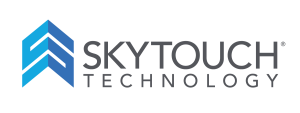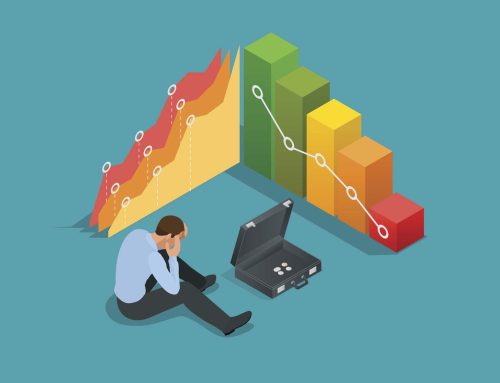The hotel industry is often up against it when it comes to room rate management. There is not only revenue per available room (RevPAR) to think about, profits and the bottom line, but also about how to increase RevPAR and somehow attract and please guests at the same time, season by season, even day by day. To add more of a challenge to this task, guests have been conditioned over the years to book at certain times, such as late in the season, believing they will get the best price. This ingrained type of guest thinking can negatively affect profits and revenue. Thankfully, as many hoteliers have already found, there is real help now in hotel software systems that offer easy, effective, even mobile automated rate management tools.
Raising (and lowering) the BAR
A hotel’s revenue outlook depends upon the ability to react to changes in the marketplace quickly, efficiently, and comprehensively. The most useful type of automated rate management tool is one which provides the power to utilize the best available rate (BAR) pricing strategy while moving between BAR levels quickly and easily. Using such hotel management systems, rates and inventory options can be quickly applied to single or multiple properties as needed for revenue optimization and brand management. This is enabling today’s hoteliers to focus on achieving bottom line improvements while continually managing their business against relevant local needs.
Managing Rates in Real-Time
Ideally, your property management system should take rate management a step further by offering access to real-time market conditions. This can help increase RevPAR by making it easy to change a rate or BAR level, or put in or cancel a special event following a well-thought out strategy. Real-time features can also allow hotels to easily manage important restrictions such as minimum length of stay, closed to arrival, plus special event rates. Using a real-time feature, hoteliers can more quickly adapt all rates to respond to changes in the market and catch those opportunities that might lead to revenue improvement.
Staying Alert, Staying Full
Several of the better hotel software systems also allow hoteliers to set alert thresholds within their automated rate management system. The alerts are generated by setting a trigger that is centered around minimum or maximum stay dates. Each trigger can be set by the hotelier via automated revenue management rules that can move a BAR level based upon changes in actual occupancy or number of rooms sold. These triggers are adjustable and based around hoteliers’ chosen settings. Using a hotel software system with these advanced features can lead to quicker responses to changes in the market, which can lead to more strategic pricing and inventory management. In other words, fewer instances of under booking or over booking.
I’ll Take Mine To-Go, Please
The ability to manage daily activities from any mobile device has become more and more essential, and the hotel industry is no exception. In fact, the latest Lodging Technology Study found that almost half of all hoteliers surveyed singled-out enhancing mobile solutions for guests as a main goal for 2016. So, it’s not surprising that those on the other side of the front desk have turned mobile capabilities from a “nice to have” into a “must have” in recent years. Ideally, this mobility includes access to automated rate management features, allowing on-the-fly adjustments to alerts that impart real-time BAR improvements.
Beyond Automated Rate Management
Since competitive pricing is only one part of the RevPAR equation, automated rate management features within today’s more advanced hotel software systems often come along with distribution management features that work in concert with the BAR pricing strategy. And to further streamline operations, the hotel software system may also include multiple interfacing capabilities including those to central reservation systems (CRS) and leading online travel agencies (OTA) and booking engines. This type of full-service integration—automated rate management, distribution management, and generous interfacing—within today’s property management software is allowing hotels to more intuitively fill rooms at the most competitive and attractive rates while pleasing guests, affording hoteliers the ability to more seamlessly and centrally manage their online inventory.




